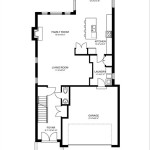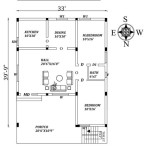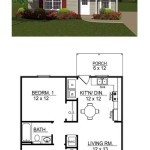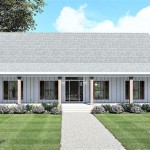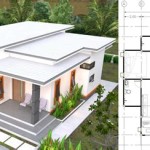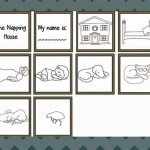How to Make a House Plan in 3D
Creating a 3D house plan offers significant advantages over traditional 2D blueprints. 3D models provide a more immersive and understandable representation of the future home, allowing for better visualization of spatial relationships, design aesthetics, and potential problem areas. This article will explore several methods for creating 3D house plans, ranging from user-friendly online tools to professional-grade software.
Online 3D House Plan Creators: Several online platforms cater to both novice and experienced users looking to create 3D house plans. These tools often feature intuitive drag-and-drop interfaces, pre-built templates, and extensive libraries of furniture and fixtures. Users can typically start with a basic floor plan and extrude walls, add rooms, windows, doors, and other architectural elements. Many of these platforms also offer customization options for materials, colors, and textures, allowing users to visualize their dream home in detail. Some even offer virtual reality (VR) integration for an even more immersive experience.
Free and Open-Source Software: For those seeking greater control and flexibility, free and open-source software options provide powerful tools for 3D modeling. These platforms often have a steeper learning curve but offer a wider range of functionalities and customization possibilities. Users can model complex architectural details, create custom textures and materials, and import and export models in various formats. Online communities and tutorials provide valuable resources for learning and troubleshooting.
Professional 3D Modeling Software: Professional architects and designers often utilize specialized 3D modeling software designed for architectural visualization and building information modeling (BIM). These programs offer advanced features for creating highly detailed and accurate 3D models, including tools for structural analysis, energy performance simulation, and construction documentation. These platforms typically require significant investment in both software licenses and training.
Starting with a 2D Floor Plan: A common starting point for creating a 3D house plan is a 2D floor plan. This can be a hand-drawn sketch, a blueprint, or a digital drawing created using CAD software. Many 3D modeling tools allow users to import 2D floor plans and then extrude the walls to create the basic 3D structure. This approach ensures accurate dimensions and proportions are maintained throughout the 3D modeling process.
Adding Architectural Details: Once the basic 3D structure is in place, users can begin adding architectural details such as windows, doors, roofs, and chimneys. Most 3D modeling software provides pre-built components that can be easily inserted and customized. Users can also model custom architectural elements using the software's modeling tools.
Furnishing and Decorating: One of the significant benefits of 3D house plans is the ability to visualize the interior design. Most 3D modeling platforms offer extensive libraries of furniture, fixtures, and decorative elements that can be placed within the model. Users can experiment with different furniture arrangements, color palettes, and decorating styles to see how they impact the overall look and feel of the space.
Lighting and Rendering: Proper lighting and rendering are essential for creating realistic and visually appealing 3D house plans. 3D modeling software allows users to add various light sources, such as natural light, ambient light, and spotlights. Rendering techniques simulate the interaction of light with materials and surfaces, creating realistic shadows, reflections, and textures. High-quality renders can be used for presentations, marketing materials, and client approvals.
Exploring Different Design Options: The flexibility of 3D modeling allows users to easily explore different design options. Changes to the layout, materials, or finishes can be made quickly and easily, allowing for real-time visualization of the impact of these changes. This iterative design process can lead to more informed design decisions and a more refined final product.
Collaboration and Sharing: Many 3D modeling platforms offer features for collaboration and sharing. Users can share their models with clients, contractors, and other stakeholders for review and feedback. Some platforms even allow for real-time collaboration, where multiple users can work on the same model simultaneously. This collaborative approach can streamline the design process and ensure everyone is on the same page.
Choosing the Right Tool: The best tool for creating a 3D house plan depends on individual needs and experience levels. Online tools are a good starting point for beginners, while free and open-source software offers more flexibility and control. Professional 3D modeling software provides the most advanced features but requires a significant investment. Careful consideration of project requirements, budget, and technical skills will help determine the most suitable tool.
Learning Resources: Numerous online resources are available for learning how to create 3D house plans. Tutorials, online courses, and community forums offer valuable guidance and support. Exploring these resources can significantly shorten the learning curve and accelerate the process of mastering 3D modeling techniques.
By leveraging the power of 3D modeling, individuals can create detailed and immersive representations of their future homes, facilitating better communication, informed decision-making, and ultimately, a more successful building project.

3d Floor Plans

3d Floor Plans

How Do You Make A 3d Floor Plan

3d Floor Plans

How Much Do 3d House Plans Cost Faqs Answered Cedreo

3d Floor Plans

3d Floor Plans

What Is 3d Floor Plan How To Make It Benefits Cost

3d Home Design All You Need To Know

Sweet Home 3d Draw Floor Plans And Arrange Furniture Freely

